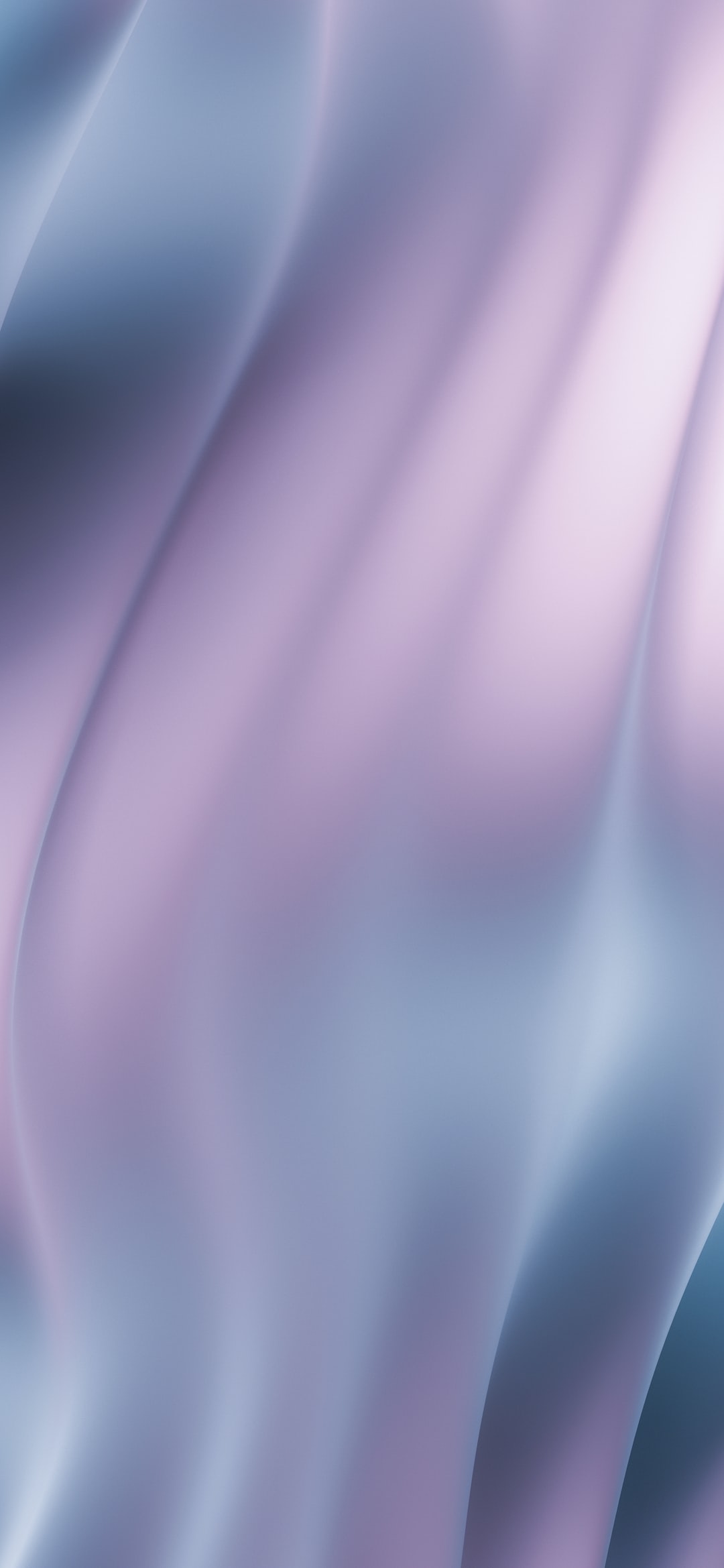Exploring the Concept of Beauty in Art: Beyond Aesthetics
Beauty is a concept deeply rooted in the human experience. It has been an essential aspect of art throughout history, guiding artists and captivating audiences. While aesthetics play a significant role in defining beauty, it is essential to delve deeper into the multifaceted nature of this concept. Beyond mere appearances, beauty in art expresses profound emotions, cultural narratives, and the essence of the human spirit.
Art has always been a means of communication, transcending language and cultural boundaries. Through the centuries, artists have tapped into the concept of beauty to convey their messages and evoke emotions in their viewers. From the breathtaking landscapes of the Romantic era to the meticulous brushstrokes of the Renaissance, art has always sought to capture beauty in all its forms.
One aspect of beauty in art lies in its ability to stir emotions and evoke a visceral response in the viewer. Whether it is awe, joy, or even sadness, art has the power to connect with our innermost feelings. Picasso’s Guernica, for instance, is a powerful and haunting portrayal of the horrors of war. Although not traditionally beautiful in the conventional sense, the piece exhibits a raw beauty that resonates with the viewer’s empathy and understanding of human suffering.
Moreover, beauty in art often acts as a vessel for cultural narratives and social commentary. Artists possess the unique ability to shed light on societal issues and challenge predominant ideologies. Frida Kahlo’s self-portraits, for example, explore themes of identity, femininity, and the Mexican experience. By combining beauty with personal narratives, Kahlo’s art becomes a platform for expressing the struggles and triumphs of marginalized communities, enhancing the viewers’ understanding and appreciation of different cultures.
The concept of beauty in art also extends beyond the visual realm. In music, for instance, beauty lies in the harmonious arrangement of sounds, evoking deep emotions and transcending language barriers. The symphonies of Ludwig van Beethoven, with their sweeping melodies and powerful crescendos, capture the essence of human experiences and evoke a sense of transcendence that resonates with listeners across cultures and time.
Furthermore, beauty in art can be found in the written word as well. Through poetry and literature, artists explore the depths of human emotions and the complexities of the human condition. The works of literary geniuses like William Shakespeare and Virginia Woolf have the power to transport readers to different worlds, offering profound insights and challenging societal norms. Beauty in writing lies not only in the elegance of language but also in the ability to express universal truths and offer glimpses into the human psyche.
While beauty in art is subjective to some extent, it is shaped by cultural and historical contexts. Different societies throughout history have had varying ideals of beauty, influencing the artistic representations of their time. From ancient Greek sculptures portraying perfect physical proportions to the idealized beauty of the Renaissance, these societal standards have left a lasting impact on artistic expressions of beauty.
However, it is crucial to recognize that beauty in art is not limited to conforming to predefined notions. Contemporary art, for instance, challenges conventional ideals and seeks to broaden our perspectives on beauty. Artists embrace different mediums, materials, and styles to push boundaries and explore new dimensions of aesthetics. The abstract works of artists like Jackson Pollock or Yayoi Kusama may not conform to traditional beauty standards, but they ignite curiosity, provoke emotions, and challenge viewers to question established notions of beauty.
In conclusion, the concept of beauty in art goes far beyond aesthetics. It encompasses the ability to evoke emotions, convey cultural narratives, and challenge societal norms. Beauty in art is a universal language through which artists communicate their unique perspectives and provide viewers with profound experiences. By exploring and embracing diverse expressions of beauty, we can enrich our understanding of the human experience and open ourselves to new ways of perceiving the world.
